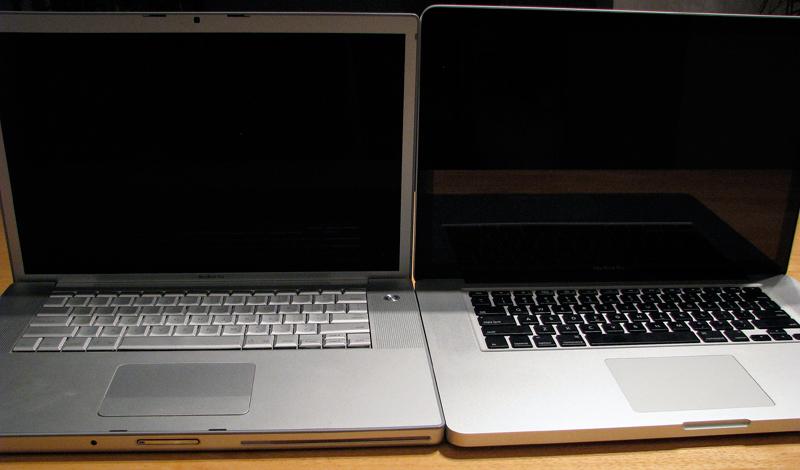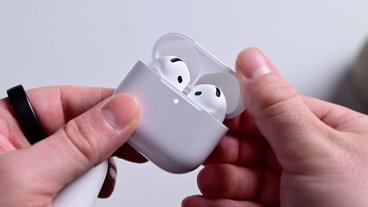The advisory, published a few months ago by Brisbane, Australia-based Queensland University of Technology on its Health and Safety website, specifically addresses Mac users with Apple 'glass' or high gloss monitor screens and urges them to assess the manner in which those products are positioned and used.
"Reflections and glare on high gloss monitor screens and their relation to the angle of the monitor screen, could cause the operator to adopt awkward postures when viewing the monitor screen and using related equipment," the advisory says. "These reflections on the screen can be from internal and external sources such as the overhead lighting and/or position of windows."
Queensland recommends that users of such products conduct an assessment of the area in which those products are to be used to ensure the sources of reflections and glare are eliminated or minimised to reduce the potential for injury. It advises users to close their blinds or window shades and place the glossy displays at a 90 degree angle to any overhead lighting to minimise glare and reflection.
The university even goes as far as to recommend that students and faculty consider not purchasing products with glossy displays. Those who must, however, are urged to consult with a "Facilities Management Lighting engineer to determine if overhead lighting can be modified e.g. tube removed and still provide adequate levels of light to enable reading, writing and screen based equipment work tasks to be performed."
Other recommendations for those who must use glossy displays include adjusting the contrast to a 'low brightness' setting, which the school says will increases readability for users of high gloss monitor screens with a glass surface.
Apple began offering glossy displays as an option on its high-end MacBook Pros a few years ago before making them standard on its redesigned aluminum iMac line (review) in the summer of 2007. While introducing its all-new line of unibody MacBooks (review) and MacBook Pros (review) last fall, the company announced that glossy displays would be the new standard for its notebook lines with no build-to-order option available for downgrading to a matte display.
An early generation MacBook Pro compared to one of the latest models sporting a high gloss display.
Apple's new 24-inch LED-lit Cinema Display (review) also sports a glossy screen.
 Katie Marsal
Katie Marsal







-m.jpg)






 Charles Martin
Charles Martin
 Marko Zivkovic
Marko Zivkovic
 Andrew Orr
Andrew Orr
 Amber Neely
Amber Neely

 William Gallagher and Mike Wuerthele
William Gallagher and Mike Wuerthele









335 Comments
I bought a replacement monitor (NEC Opticlear) with a glossy screen last year and I do find myself leaning to the left to avoid glare in the mornings from about 8am to 11am every day I use my computer. My chiropractor has even commented on how I lean to the left...something I did not do in the past.
I don't blame Apple any more than anyone else, but these glossy screens can impact your posture.
If I buy a Macbook Pro 13 inch this summer I will make sure to waste $30.00 on a matte screen "protector". I think it will protect me more than the screen.
All I can say is: as if they didn't suck hard enough already. Now we've got proof (of sorts).
Pifffft!! So sad... this is what they do at university?! Higher learning my @zz!
If anybody can supply peer-reviewed clinical evidence, please…
Now we know a lot of comments about Apples glossy screens are about to flood this site, it wouldn't hurt anybody to look at some of this university's other recommendations before commenting.
They even outline how you should was your hands, how armrests could be harmful and how to find out if the 'seat' pan is suitable for you. http://www.hrd.qut.edu.au/healthsafe...ely/chairs.jsp
\t\t
The only question is why focus on Apple. These screens have been around for quite some time, as has the problems identified. It makes no sense not to issue a general comment. Why focus on any particular manufacturer?